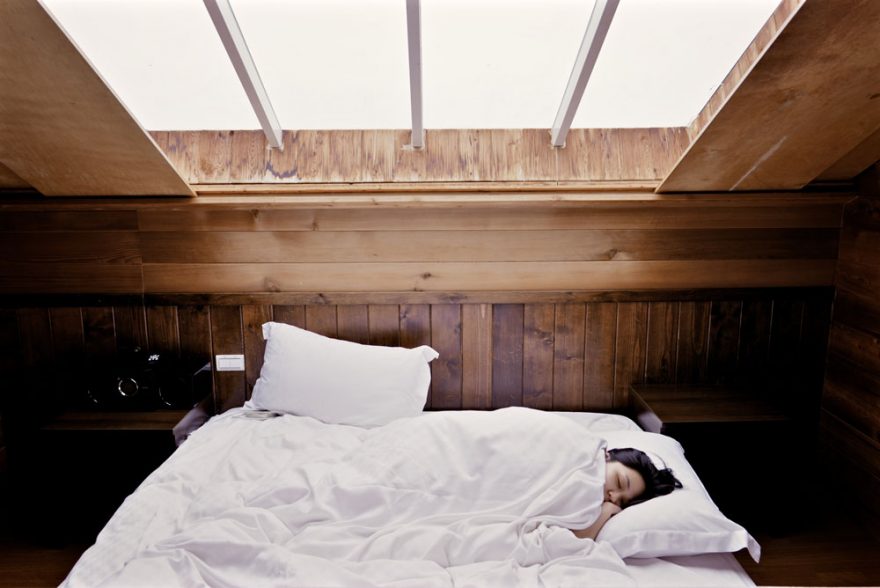
As the nights become longer and the hours of daylight are shortening, Season Affective Disorder, or SAD, or “The Winter Blues” becomes an unfortunate truth. Caused by changes in the amount of daylight we get, SAD is usually associated with winter depression.
It’s estimated that around 10 to 20 percent of Americans suffer from SAD, being more prevalent among women. So, if you feel like you might have it, you’re definitely not alone.
How Do I Know I Have SAD?
For many, they don’t even realize they are struggling with SAD. It can take you to step back and consider your habits and actions for you to notice a change in behaviour and how you feel. Of course, everyone displays different symptoms but here are some of the most common ones you should look out for:
- Weight gain (or sometimes weight loss)
- Over-eating, especially sugars and carbohydrates
- Lower energy levels
- Lack of normal enthusiasm and motivation
- Irritability
- Difficulty in concentrating
- Avoiding social situations, you’d normally be happy with
In fact, there are many similarities in the symptoms between standard depression and Seasonal Affective Disorder. You tend to not feel like doing your normal daily activities and can often feel an overwhelming sense of unexplainable guilt.
What Can I Do About It?
The underlying cause of SAD is generally a lack of sunlight, because of the short days during the winter. Therefore, typically light therapy will be diagnosed by your doctor.
Soak Up Natural Light

As the days become shorter, it becomes ever more important to soak up as much natural light as possible. Lack of exposure to light is the leading cause of SAD, so it makes sense to combat it this way. So, when you wake up in the morning, open the blinds and let it shine through. In fact, you should even attempt to take a short stroll in the morning to get in the fresh air too. Why not head to the local coffee shop or even down the end of your path?
You can also invest in SAD light boxes and alarm clocks, which aim to help you wake up naturally and allow you to feel more refreshed at the start of your day.
A Harvard study suggests that 30 minutes per day with a light box can be as effective as taking anti-depressants, but warns that it may not be for everyone. For example, those with bi-polar disorder may not be able to tolerate the bright light.
Get Outdoors and Walk

Exercise, combined with being outside in the daylight, can feel like a miracle cure sometimes. Walking helps to increase the circulation and blood flow around your body, which can energize you when you need it most.
Further, studies suggest that walking helps to lift your mood, releasing endorphins which goes a long way to reducing stress and anxiety. It can be hard to make yourself feel like walking when you’re feeling down. Usually, you’ll just want to curl up and stay in. Remembering how effective a short walk can be will really help you overcome how you feel.
Eat Good Food

It’s a well-known fact that your body functions best when it’s fuelled with the right foods. The reason for this is that it gets all the nutrients required for it to perform at its best. Although you may crave sugary and starchy foods when suffering from SAD, it’s important to keep your diet as consistently healthy as possible.
Which foods should you eat according to science, to beat depression and SAD?
- Whole grain foods, like rice and potatoes have a calming effect
- Healthy protein sources like tuna, beans, beef, peas and low-fat cheese
- Vitamin C like blueberries, broccoli, kiwi, oranges and peppers
- Vitamin E like nuts, seeds and vegetable oil
 Your Privacy Choices
Your Privacy Choices
 The
The